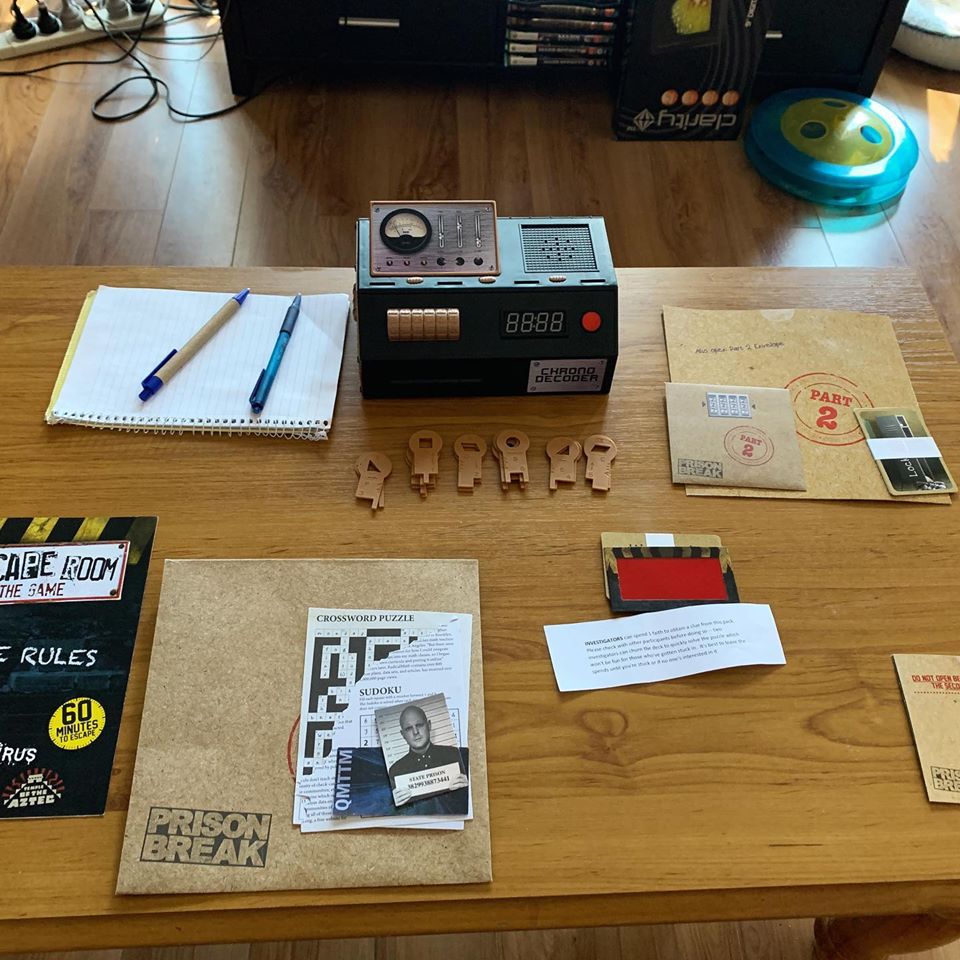So consider the Rule of Three.
For every piece of vital information you put into the game, you give three possible encounters with it. Ideally each encounter will give a slightly different spin on it, or provide slightly more (and different) information on it, so that those who manage to find all three clues don’t feel gypped. In a tabletop game, you might choose to drop the third clue if the players well and truly have it (so they don’t feel hit over the head with it) while in a LARP you’ll just have to hope for the best.
Each clue should be diverse and provide a slightly different angle on the information so folks who spot all three feel like they’ve learned something for their thoroughness.
These clues can be:
- Tactile — the man is wearing a Russian decoder ring that helps them decode a secret message.
- Visual — a photo of the spy wearing Russian uniform.
- Audible — a Russian recorded message that they must translate.
- Readable — a Russian note detailing something of importance in the spy’s handwriting.
- Conversational — another character describes hearing someone talking into a phone in what sounded like Russian while watching a particular house.
You could also have multiple clues all in the same format but spread out in different locations such as with the following three visual clues:
- A photograph of a man suspected of being a spy who is wearing Russian uniform when he was younger.
- The man’s phone has the app names in Russian rather than English.
- The man has a Russian passport in his pocket.
These are rather overt examples of clues (the man must be a terrible spy) but you get the idea.
With groups larger than 40, well, you may need to divide them into groups first and then target each group individually with 2 – 3 clues. I don’t really have much experience with large-scale but I’m more than interested in learning more about information flow in such games.
So what are some of the most unique clues or methods of information spread you’ve seen in a game?
